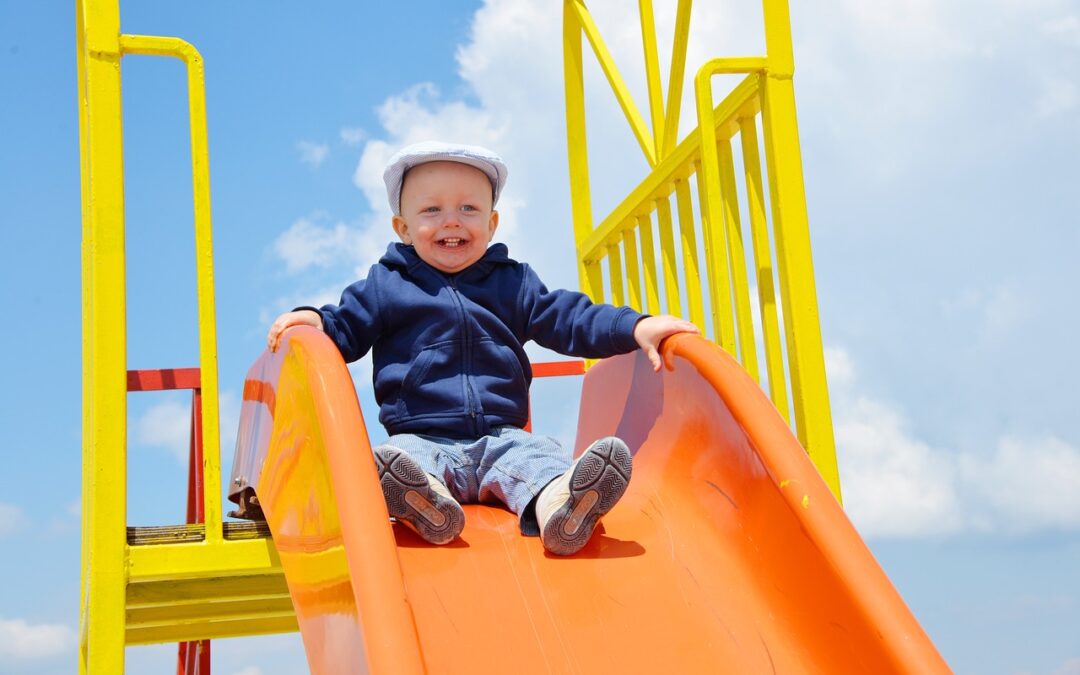Contents
- 1 Landscaping Materials for Playground Projects: Your Guide to Essential Elements
- 1.1 TL;DR
- 1.2 Playground Safety and Sand
- 1.3 Durability with Gravel
- 1.4 Mulch for Aesthetics and Functionality
- 1.5 Rubber Tiles for Shock Absorption
- 1.6 Fall Protection with Engineered Wood Fiber
- 1.7 Synthetic Grass for Year-Round Play
- 1.8 Step-by-Step Installation Guide
- 1.9 The Finishing Touches
- 1.10 Conclusion: Choosing the Right Materials
Landscaping Materials for Playground Projects: Your Guide to Essential Elements
TL;DR
Landscaping materials transform playgrounds into safe, fun, and visually appealing spaces. Understanding the types of materials available, their benefits, and proper installation techniques is crucial for creating durable and engaging play areas. Sand, gravel, mulch, and related materials offer unique advantages, making them essential components in any playground project.
Playground Safety and Sand
Sand is a classic playground material that provides a soft and forgiving surface for children to play on. It helps absorb impact, reducing injuries. Sand also promotes creativity, as kids can build elaborate structures and dig tunnels, fostering imagination and physical activity.
Durability with Gravel
Gravel provides a durable and low-maintenance surface for high-traffic areas like pathways and play equipment surroundings. Its natural drainage properties prevent waterlogging, ensuring safety and preventing slips and falls. Gravel also creates a stable base, making it ideal for supporting structures like climbers and slides.
Mulch for Aesthetics and Functionality
Mulch is a versatile material that not only enhances the aesthetics of a playground but also serves practical purposes. It suppresses weed growth, retains moisture, and regulates soil temperature, promoting healthy plant growth in surrounding areas. Mulch also dampens noise, creating a quieter and more peaceful play environment.
Rubber Tiles for Shock Absorption
Rubber tiles are a modern and safety-oriented material designed specifically for playgrounds. They provide excellent shock absorption, reducing the risk of injuries in case of falls. Rubber tiles are durable, weather-resistant, and come in a variety of colors and patterns, allowing for customization and added visual appeal.
Fall Protection with Engineered Wood Fiber
Engineered wood fiber is an eco-friendly and sustainable material made from recycled wood products. It provides a soft, shock-absorbing surface that minimizes the impact of falls. Engineered wood fiber is moisture-resistant, ensuring longevity and low maintenance.
Synthetic Grass for Year-Round Play
Synthetic grass offers a low-maintenance and durable surface that allows for year-round play, even in areas with inclement weather. It eliminates the need for mowing, watering, and fertilizing, saving time and resources. Synthetic grass also provides a clean and hygienic play surface, reducing exposure to allergens.
Step-by-Step Installation Guide
- Prepare the Base: Clear the area of debris and level the ground. Install a geotextile fabric to prevent weeds and stabilize the surface.
- Lay the Material: Spread the landscaping material evenly over the base, ensuring proper thickness and coverage.
- Compact the Material: Use a roller or tamper to compact the material, creating a firm and stable surface.
- Edge the Material: Install edging materials like bricks or pavers to secure the edges of the material and prevent erosion.
- Maintain the Material: Regularly clean, inspect, and replenish the material as needed to maintain its safety and appearance.
The Finishing Touches
Landscaping materials not only enhance the safety and functionality of playgrounds but also contribute to their aesthetic appeal. By choosing materials that complement the surrounding environment and reflect the overall design, you can create a truly inviting and engaging play space for children to enjoy.
Conclusion: Choosing the Right Materials
Creating a playground that meets safety standards, promotes physical activity, and sparks imagination requires careful consideration of the landscaping materials used. By selecting high-quality materials that are appropriate for the specific needs of your project, you can ensure a durable, safe, and captivating play area that will bring joy to children for years to come.

